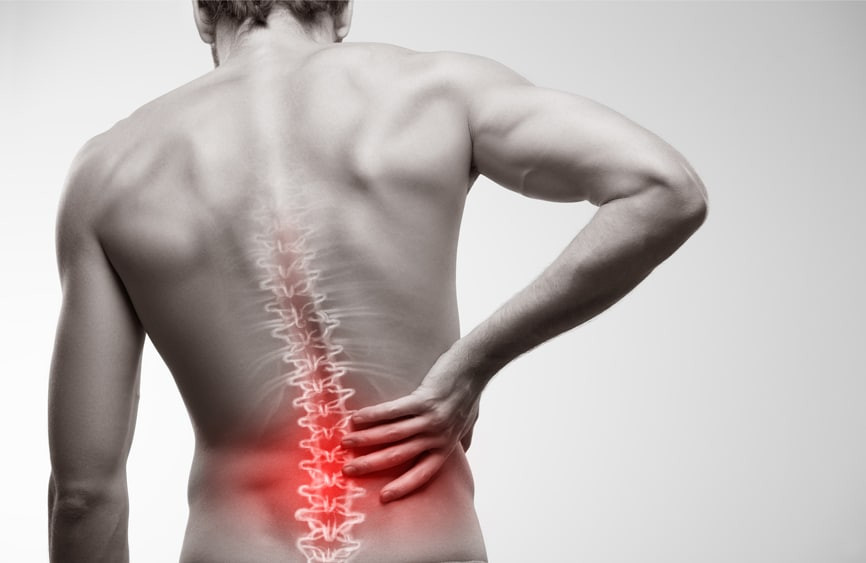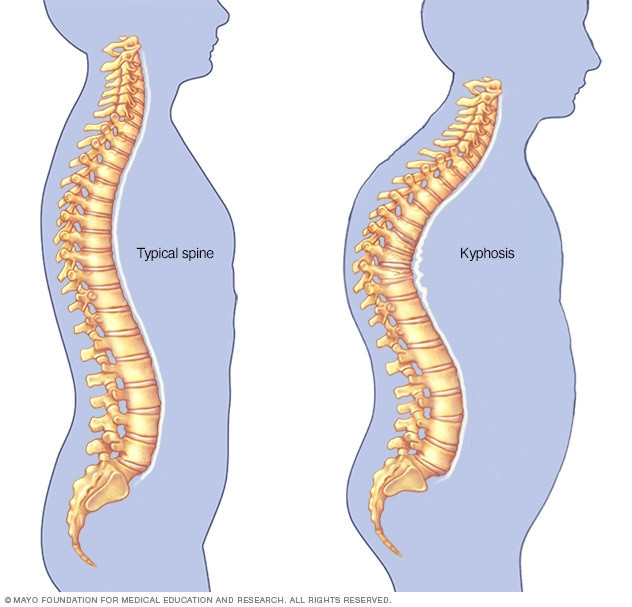Definition
Spondylolysis is a medical term for a stress fracture in the pars interarticularis of the lumbar vertebrae. The pars interarticularis is the segment between two adjoining vertebrae. This condition is most commonly caused by repetitive stress or pressure. Spondylolysis occurs in approximately one in every twenty individuals. It is characterized by a minor fracture.
Spondylolysis is also referred to as a “pars defect” because it affects the joint connections between spinal vertebrae. The condition is often caused by excessive and repetitive sports activities. Spondylolysis affects nearly 3% to 7% of the population in America, predominantly in children and adolescents, especially those engaged in sports such as football and gymnastics.
Spondylolysis and spondylolisthesis are related conditions, though they have different causes.
Spondylolisthesis is a condition where one vertebra shifts out of alignment relative to the one below it. Spondylolysis is the most common cause of spondylolisthesis. A fracture in the vertebra can lead to vertebral displacement.
Causes
If you have spondylolysis, you will experience weakness in the vertebra's pars interarticularis. This part is connected to the facet joints, which link the upper and lower segments of the spine, allowing movement. Fractures in this area are often referred to as pars fractures.
The exact cause of this weakness remains unclear, but genetics play a role. You may be born with vertebrae that are more prone to fractures due to their thin structure. Repetitive trauma or injuries can also cause weakness in the pars interarticularis.
Risk factor
Several conditions increase the likelihood of developing spondylolysis:
- Genetic disorders
- Participation in sports with a high risk of repetitive vertebral injury, such as football and weightlifting
Symptoms
Spondylolysis often presents without noticeable symptoms. However, common symptoms include lower back pain. The pain typically:
- Radiates across the entire spine
- Feels like muscle cramps
- Worsens with stretching
Symptoms are most frequently observed in growing adolescents, particularly between the ages of 15 and 16, with younger females also being affected.
Diagnosis
Your doctor will conduct interviews and examinations to diagnose spondylolysis. Initially, a series of interviews about your symptoms and physical examinations will be performed. The physical examination includes:
- Assessing the painful area
- Checking for movement abnormalities
- Evaluating for muscle spasms
- Testing for muscle weakness
The doctor may also evaluate posture by observing your gait. Some patients may exhibit abnormal standing and walking patterns. Following the physical examination, additional tests may be performed to confirm the condition:
- X-ray: This imaging test assesses bone density and spinal structure, checking for stress fractures and vertebral alignment. If stress fractures are visible on X-rays, it indicates spondylolysis.
- CT Scan: This test uses X-rays and computer technology to produce detailed images. It is more detailed than X-rays but involves higher radiation, which can be hazardous, especially for children. CT scans are sometimes used if other issues are present, such as after an accident.
- PET Scan: Though it can identify spondylolysis, this test is now infrequently used.
- MRI: This imaging method examines soft tissues, detecting degeneration in the vertebra and any involvement of surrounding soft tissues. It can identify pars interarticularis injuries not visible on X-rays and assess whether nerve involvement contributes to pain.
Management
The goals of treating spondylolysis include:
- Alleviating pain
- Accelerating fracture healing
- Assisting the patient in returning to sports
Treatment options include:
Non-Surgical
In most cases of mild spondylolysis, symptoms improve with non-surgical treatment, which may involve:
- Avoiding excessive physical activities or sports that stress the spine. This helps alleviate back pain and other symptoms.
- Nonsteroidal anti-inflammatory drugs (NSAIDs), such as ibuprofen and naproxen, to reduce inflammation and pain.
- Physical therapy, including specific exercises to improve flexibility and strengthen the back and abdominal muscles.
- Some patients may require a back brace to limit movement and aid fracture healing. The brace may be used for several months.
- Follow-up X-rays to monitor progress and improvement.
Surgical
Surgery is considered only if non-surgical treatments fail and progressive spondylolisthesis occurs. The surgeon will remove scar tissue from the fracture site and stabilize the area using surgical hardware.
Complications
Without treatment, spondylolysis can lead to spondylolisthesis, where a vertebra shifts and compresses the spinal nerves, causing severe pain that can interfere with daily activities.
Prevention
Spondylolysis cannot be entirely prevented, but the risk of fractures can be reduced by engaging in safe activities like swimming and cycling, which also strengthen the spine.
When to see a doctor?
If you experience symptoms and signs of spondylolysis, seek medical attention promptly to prevent the worsening of the condition. Early treatment typically results in better outcomes.
Looking for more information about other diseases? Click here!
- dr. Monica Salim
AAOS. Spondylolysis and Spondylolisthesis. 2022
John Hopkins Hospital. Spondylolysis. 2022
My cleveland clinic. Spondylolysis. 2022











